Picture yourself pedaling along rugged coastal paths while rare white donkeys watch you from the scrub. These donkeys roam freely across an island with a pretty dark past. Asinara Island, just off Sardinia, lets you experience this wild mix—nature has taken back what used to be one of Italy’s most important high-security prisons.
The name “Asinara” literally translates to “donkey-inhabited” in Italian. The island is famous for its albino donkeys that now wander the abandoned prison grounds.
I stumbled across this hidden spot during my cycling tour of Sardinia last summer. The contrast between the island’s troubled history and its current peacefulness creates a hauntingly beautiful backdrop for any adventure.
As I rode the winding paths, white donkeys would sometimes amble across my way, their pale coats almost glowing against the Mediterranean blue.
You’ll find cycling routes here that range from gentle coastal rides to tough climbs with jaw-dropping sea views. What truly sets this place apart is the feeling that you’re exploring somewhere that was off-limits for almost a century.
Now that Asinara is a national park, travelers can witness how nature slowly reclaims human structures—prison buildings crumble as white donkeys make the island their home.
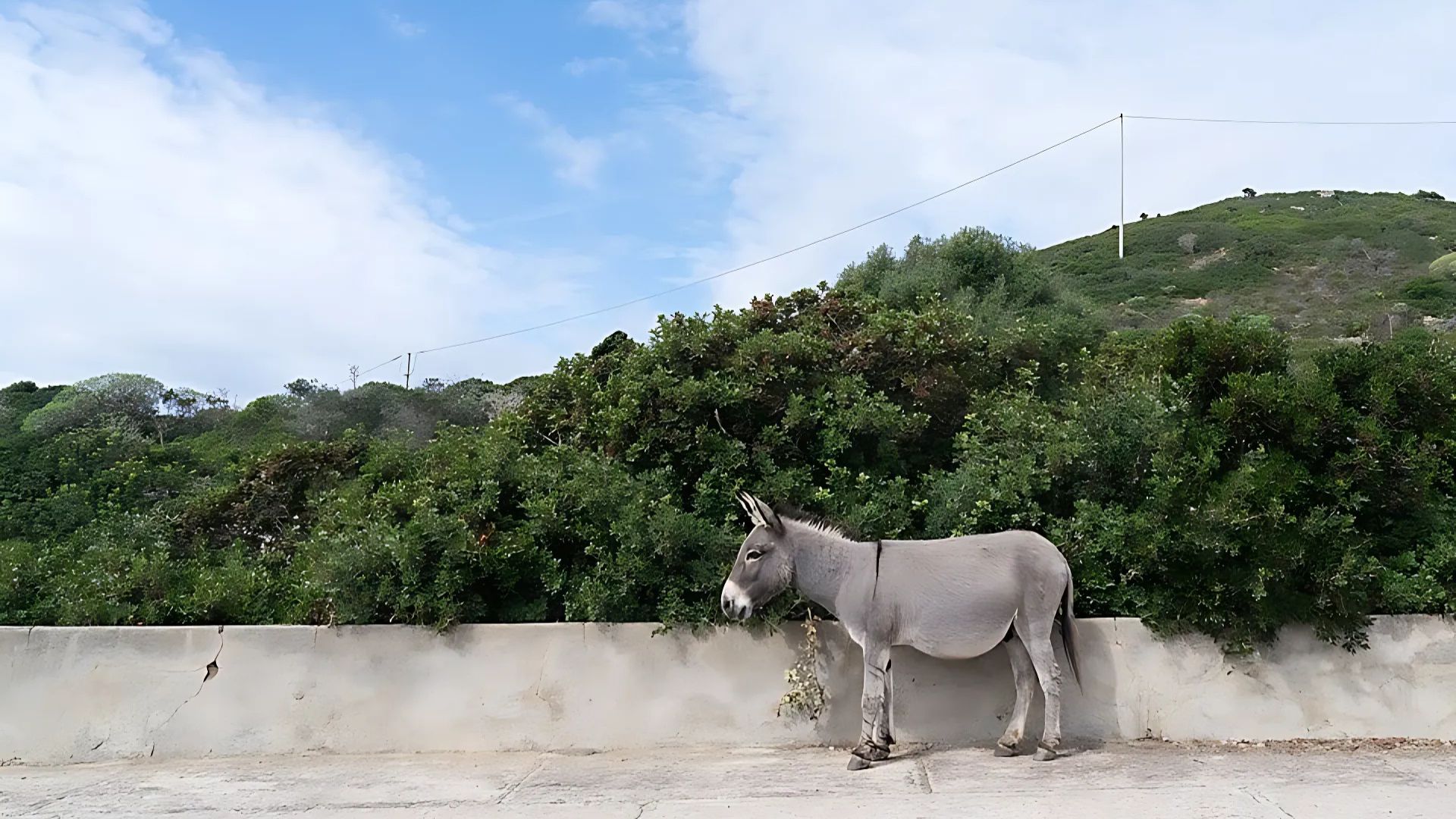
Discovering Asinara Island: History Meets Adventure
Asinara Island brings together dark history and wild natural beauty in a way that’s hard to describe. I got hooked on how this remote Sardinian gem turned from a prison island into a wildlife sanctuary, with white donkeys roaming among the ruins.
From Ancient Times to Maximum Security Prison
Asinara’s story stretches back thousands of years. Ancient Greeks and Romans landed here long before it became infamous for imprisonment.
While exploring, I noticed traces of ancient settlements scattered across the landscape. The island’s spot in the Mediterranean made it valuable to all sorts of civilizations.
By the late 1800s, Asinara’s remoteness made it an ideal place for something less pleasant. The Italian government set up a quarantine station here, keeping sick travelers away from the mainland.
Eventually, authorities converted the island into a maximum security prison. I couldn’t believe it when I learned that mafia bosses and some of Italy’s most dangerous criminals ended up here.
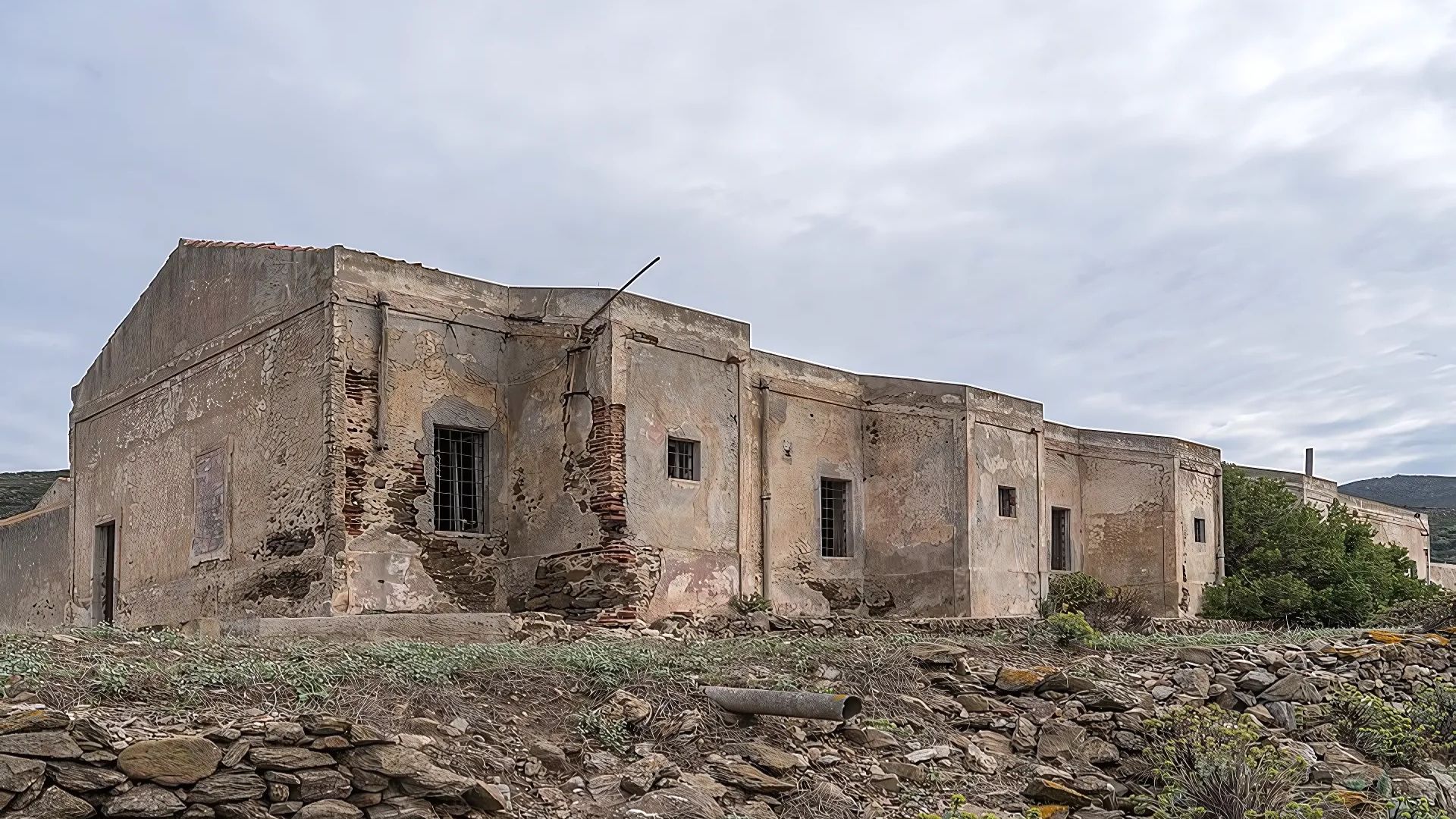
Legends, Quarantine, and Transformation
“Asinara” means “donkey-inhabited,” and you’ll see why as soon as you start walking the trails. I crossed paths with several of the famous albino donkeys, just wandering around as if they owned the place.
These odd white donkeys have come to symbolize Asinara’s rebirth. Nobody really knows how these rare animals arrived, but some stories claim a French duke brought them in the 1800s.
During both World Wars, Asinara became a prisoner-of-war camp. The old quarantine buildings I poked around in still hold silent stories of suffering and isolation.
Things changed in 1997 when the prison finally closed and Asinara became a national park. The contrast between the island’s grim past and its wild beauty really struck me.
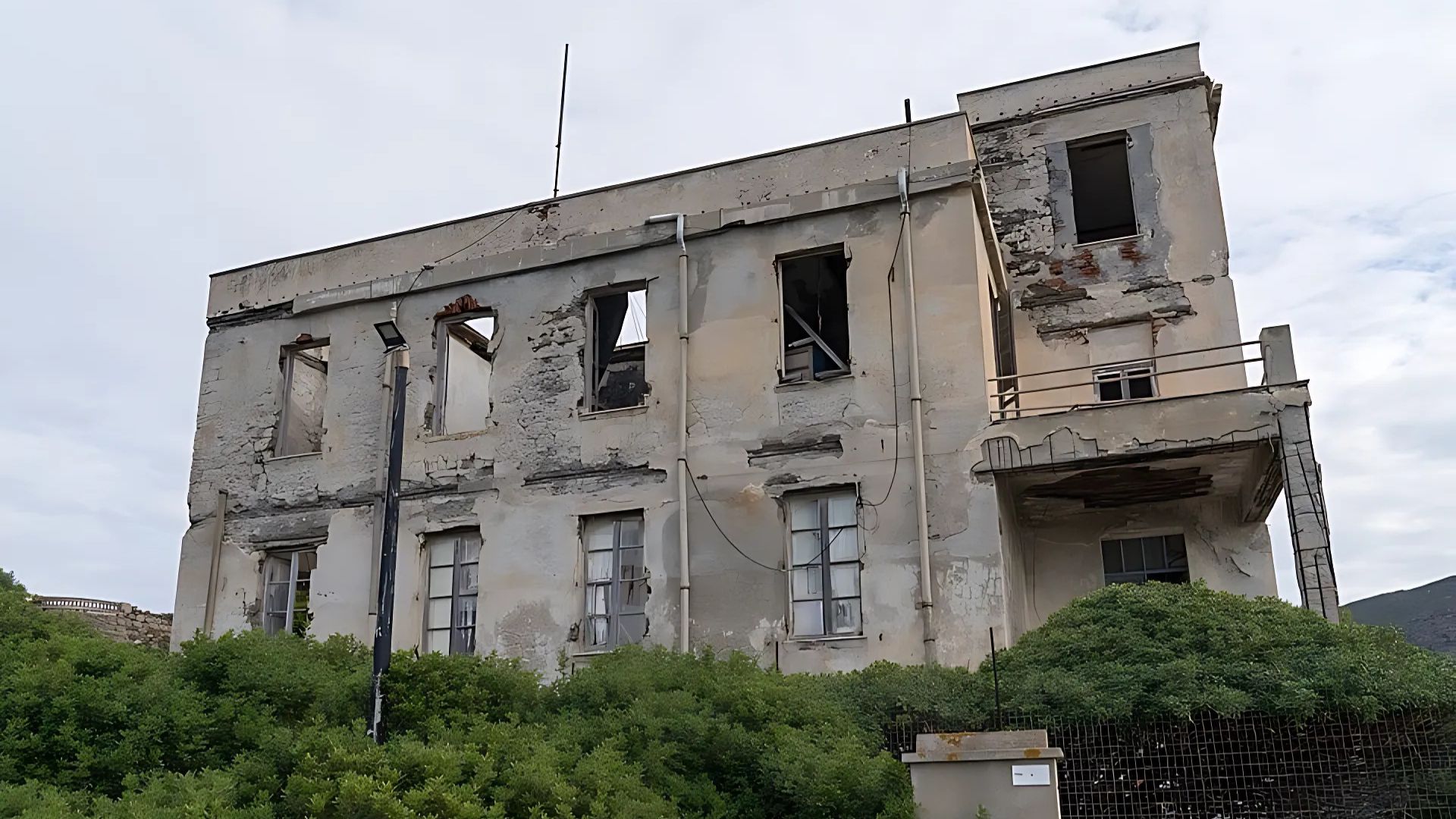
Mystique of Archaeological Sites and Ruins
Cycling here feels like rolling through an open-air museum. Ancient ruins sit alongside abandoned prison buildings, all in a landscape that’s both eerie and gorgeous.
I kept coming back to the crumbling watchtowers—once meant to keep people in, now just silent sentinels. Each stone feels like it’s hiding secrets from the island’s tangled history.
Down by the coast, archaeological sites show off the remnants of early settlements. Artifacts from these spots link Asinara to old maritime trade routes.
The old high-security cells stand empty now, and nature is slowly taking over. Wildflowers poke through the cracks where infamous prisoners once walked.
What makes these ruins so special is their isolation. Unlike the packed tourist sites elsewhere in Italy, I got to wander alone with history, usually with a few curious white donkeys for company.
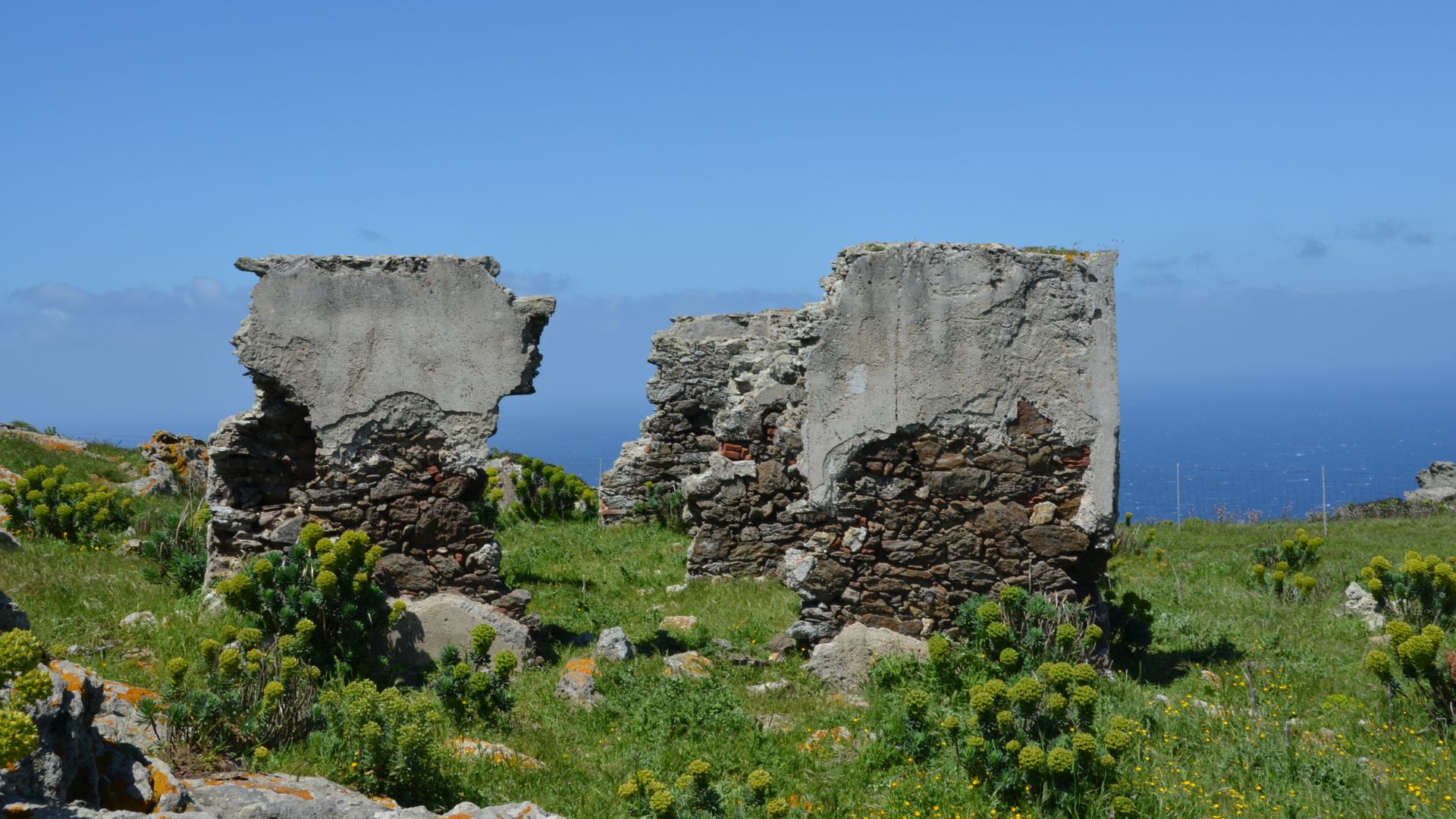
Cycling the Island: Routes, Tips, and Logistics
Exploring Asinara by bike gives you a strange mix of wild scenery and haunting history. The island’s well-kept paths and almost non-existent traffic make cycling here a dream if you want to find hidden coves and maybe bump into the famous white donkeys.
Best Cycling Trails and Coves
The main route runs about 25 kilometers, south to north. With stops, it took me around 4-5 hours. The path is mostly flat, with a few gentle hills—pretty easy even for casual cyclists.
My favorite trail splits off east from Cala d’Oliva village. It leads to secluded beaches where I sometimes found white donkeys grazing by the water. The western coastal route treats you to epic sunset views over Sardinia.
If you love nature, don’t skip the path to Cala Sant’Andrea. The crystal-clear turquoise water is perfect for a swim. I always bring a small backpack with snorkeling gear.
Top 3 Trails:
- Northern lighthouse route (7km, moderate)
- Central historical prison loop (5km, easy)
- Southern wildlife reserve path (8km, moderate)
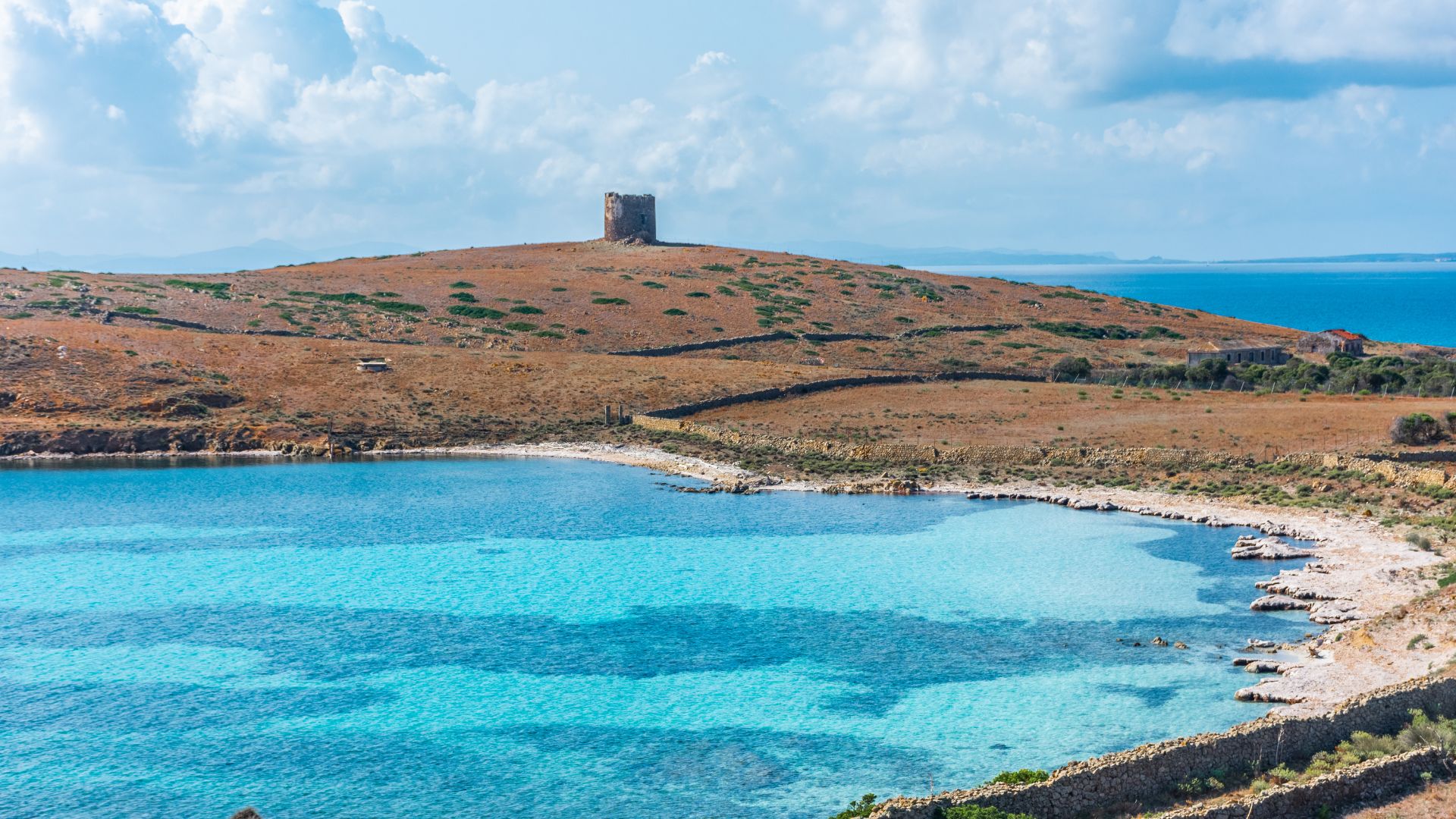
Practical Advice: Entrance, Toilets, and Coffee Breaks
I usually catch the ferry from Stintino, which runs 3-4 times daily in summer. Renting a bike costs about €15-25 a day right at the port.
There’s a small entrance fee for Asinara National Park (€5), and sometimes you need to book ahead in peak season. Rangers do check tickets, so keep yours handy.
Toilets are basic and only in main spots like Cala d’Oliva and Fornelli. Plan your pit stops!
For coffee, the little café in Cala d’Oliva makes great espresso. I always pack extra water and snacks—outside the villages, there’s not much else.
Understanding the Climate and When to Visit
May through October brings ideal cycling weather to Asinara. I think September is the sweet spot—warm (75-80°F), but with fewer crowds.
If you visit in midsummer (July-August), expect serious heat. Temperatures can hit 90°F or more by noon. I always start cycling early, before 9am, and look for shade around midday.
Winter is a mixed bag—occasional rain and strong winds, though it rarely drops below 50°F. Some services shut down in the off-season.
The island’s microclimate means there’s not much shade on the trails. I never forget sunscreen, a hat, and plenty of water. Morning sea breezes make early rides especially nice.

White Donkeys and the Island’s Unique Wildlife
Asinara Island is a wildlife lover’s dream, with its rare white donkeys roaming the old prison grounds.
The Story of the White Donkeys
I first saw them while rounding a bend—small groups of pure white donkeys grazing in the scrub. These albino donkeys only live on Asinara, making them one of the world’s rarest equine breeds.
Local guides explained that the donkeys have been here for centuries. Some say they’re descended from regular donkeys left behind by farmers when the prison opened in the late 1800s. Others think a Sardinian duke brought them.
Their white coats and pale blue eyes make them sensitive to the sun, but they’ve adapted surprisingly well. I noticed how relaxed they seemed around visitors—sometimes they even wandered up to cyclists, looking for a snack or just a bit of attention.

Animal Encounters: Hares, Pets, and More
There’s more here than donkeys. I watched wild boars dart between the bushes, and spotted Mediterranean mouflon sheep on the rocky hills.
Isolation has made Asinara a haven for all sorts of species. On early morning rides, I saw European hares bounding across the paths—much bigger than I expected!
Wildlife you might see on Asinara:
- White donkeys (the stars)
- European hares
- Wild boars
- Mouflon sheep
- Lots of bird species
When the prison closed in 1997, guards left behind their pets. Now you’ll spot cats lounging on old prison walls, a quirky reminder of the island’s strange history.
Conservation, Animal Rescue, and Compensation
When Asinara became a national park in 1997, wildlife protection really got going. I visited the animal rescue center, where injured animals get treated and released.
Park rangers keep an eye on the white donkeys and feed them during rough winters. There are about 120-150 white donkeys on the island now, by the latest counts.
Local farmers sometimes get compensation when wildlife damages crops on mainland Sardinia. This helps keep the peace between conservation and the surrounding communities.
The park also runs educational programs about Asinara’s ecosystem. I joined a guided tour focused on wildlife conservation and learned how isolation helped preserve the island’s biodiversity. It’s a conservation story that feels worth seeing for yourself.
Beaches, Turquoise Waters, and Island Landscapes
Asinara’s coastline has some of the cleanest beaches and clearest water I’ve ever seen in the Mediterranean. The wild, untouched landscapes make every cycling stop feel like a reward.
Best Beaches to Explore
While biking across Asinara, I stumbled on several hidden beach gems that most travelers never see. Cala d’Oliva is a favorite, with fine white sand and shallow water—perfect for a midday break.
Cala Sant’Andrea really wowed me with its pink-tinged sand and total solitude. I had the whole place to myself, except for a white donkey watching from the hills.
If you want adventure, try to reach the remote Cala Sabina. It’s tricky to get to, but the turquoise water and rock formations are worth it.
On the eastern coast, I found smaller coves where I’d cool off after a long ride. Many of these beaches don’t even have names—they’re just waiting to be discovered.

Swimming, Sunbathing, and the Turquoise Experience
The water around Asinara shifts through crazy shades of turquoise all day long. Morning swims are the best—visibility is amazing, sometimes up to 20 feet down.
Swimming here feels different. The water is saltier than most places, so floating is effortless and the sensation on your skin is just… different.
My favorite swimming spots are near the southern tip, where underwater rocks create natural pools with slightly warmer water.
For sunbathing, you can stretch out on soft sand or find a smooth rock to dry off on. I usually go for the rocks—they’re faster for drying before getting back on the bike.
Rich Flora: Euphorbia and Mediterranean Plants
The island’s plant life adds another layer to the scenery. Euphorbia pops up everywhere, its odd shapes breaking up the green between beaches.
Wild rosemary and thyme fill the air with scent when the sun heats them. I often stopped to just breathe in the aroma while looking out at the sea.
The deep green Mediterranean scrub against the turquoise water makes for perfect photos. Sometimes euphorbias grow right up to the sand, framing the beaches in a wild way.
In spring, wildflowers line the paths between beaches, turning them into colorful corridors. I aimed for a May visit to catch the flowers and good swimming temps at the same time.
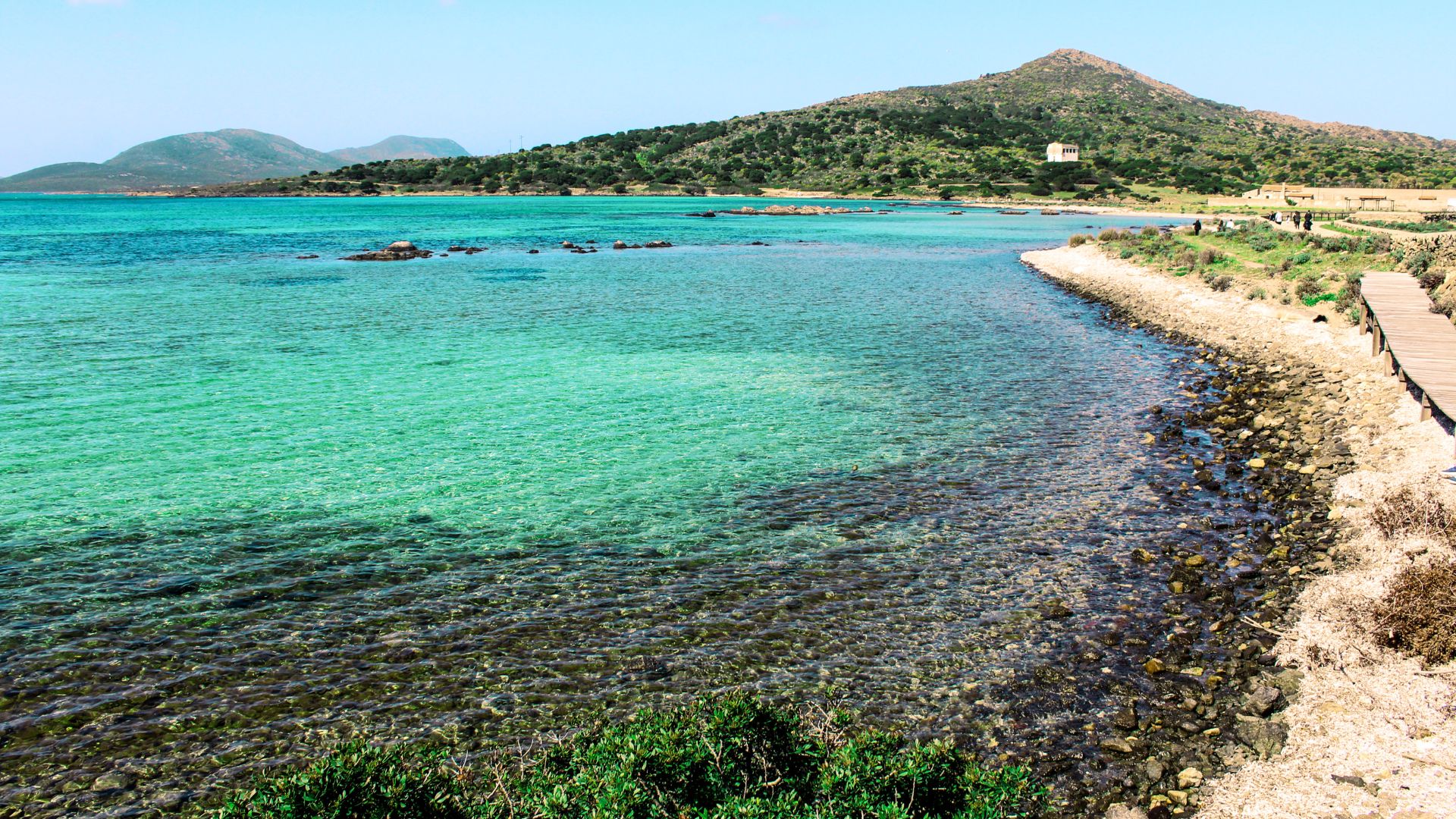
Unusual Island Details and Local Experiences
Asinara hides secrets beyond its white donkeys and empty prison buildings. While cycling, I ran into odd sounds, mysterious encounters, and quirky cultural connections that make this place truly unique.
Unexpected Sounds: Thunder and Island Mystique
The strangest part of my Asinara trip wasn’t what I saw, but what I heard. Even on clear days, I’d catch the sound of distant thunder rolling across the island. Locals call it “Asinara’s whisper.”
“It happens when air currents move between the abandoned prison buildings,” my guide Marco told me. “The island makes its own soundtrack.”
These sounds add to the island’s mystique. As I biked past crumbling prison walls, the acoustic oddities seemed to get louder. The white donkeys nearby didn’t even twitch—they’re used to the island’s strange voice.
The noise grows near the northern tip, where hardly anyone goes. I stopped there just to listen, feeling oddly connected to Asinara’s complicated history of wildness and isolation.
Traces of Stalking, Surveillance, and Island Stories
You can spot the remnants of surveillance all over Asinara. Old guard towers rise up here and there, their windows like empty eyes that still seem to watch the winding paths.
Honestly, I couldn’t shake the feeling that something—or someone—was observing me, even though I only saw the occasional white donkey.
My guide nudged my attention to the past. “This was once Italy’s highest security prison,” he said. “They built the entire island for watching, for stopping any escape.”
You can walk into former cells and still find scratched messages and rough sketches on the walls. One etching hit me especially hard—it showed the island’s famous white donkeys, which must’ve looked like symbols of freedom to people who were trapped.
Locals love to share stories about prisoners who thought island spirits stalked them. Some guards said the same thing, which is kind of eerie if you think about it.
When I cycled past the old medical facility, I remembered the island lore. Patients there once claimed they saw strange figures trailing them across the grounds.
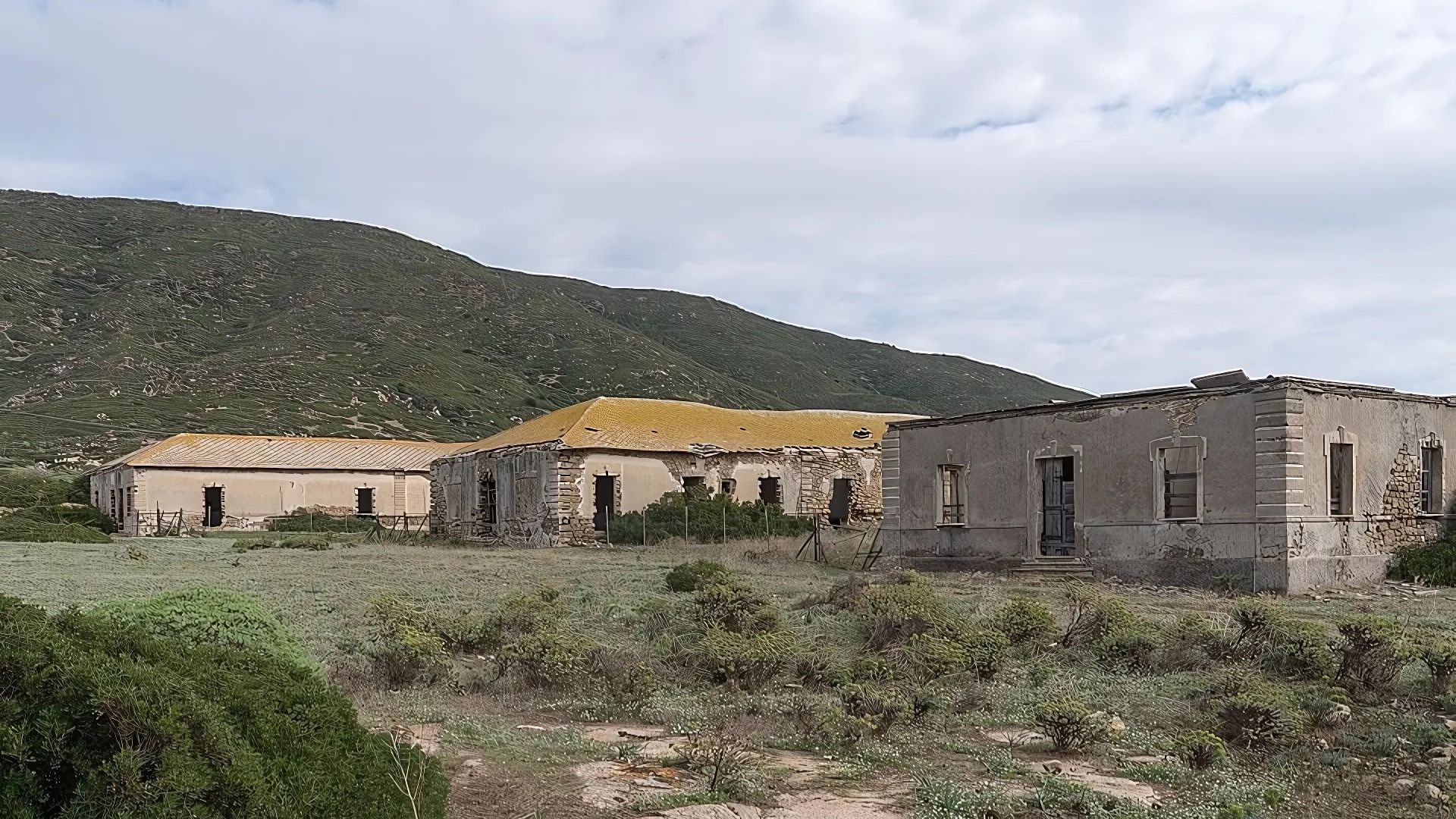
Cultural Connections: Egypt, Ancient Influences, and Modern Nostalgia
I didn’t expect it, but Asinara has ties to Egypt and other Mediterranean cultures. Archaeologists have found little artifacts near the island’s natural harbor that hint at ancient Egyptian traders stopping by.
Francesca at the small island museum told me, “This part of Sardinia was a crossroads for many cultures.” She pointed out that Egyptian, Phoenician, and Roman influences all made their way to Asinara.
While wandering, I noticed some symbols carved into rocks. They looked a lot like ancient Egyptian motifs. Are they real or just creative prison art from a later era? Historians still argue about that.
These old connections give the island a strange sense of nostalgia. Local artisans now make jewelry inspired by those ancient designs.
I couldn’t resist buying a small pendant shaped like Asinara’s white donkey. The patterns on it reminded me of Egyptian hieroglyphs.
Tourism here feels like a balancing act between history and wild scenery. People might show up for the donkeys, but honestly, they stick around for these surprising cultural layers. Asinara has a way of catching you off guard.

